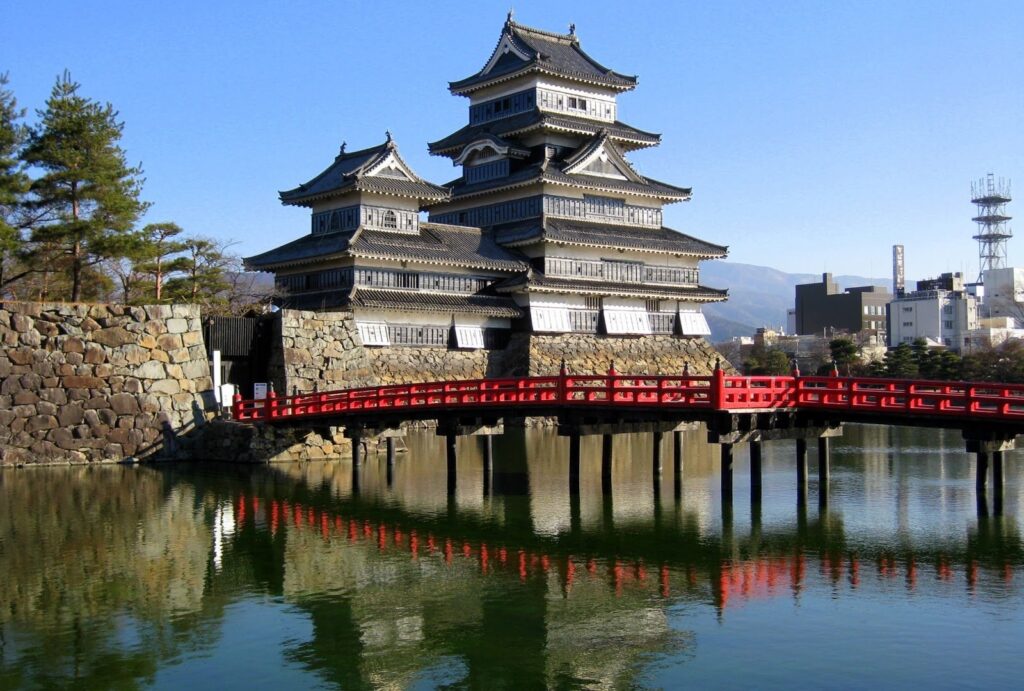Situated on the picturesque island of Teshima in Japan’s Seto Inland Sea, the Teshima Art Museum is a breathtaking example of contemporary architecture that blends seamlessly with its natural surroundings. Designed by renowned architect Ryue Nishizawa, the museum is a testament to the power of innovative design and its ability to enhance the beauty of the landscape. The museum’s unique structure, resembling a water droplet, is a marvel of engineering and artistic vision.
The Teshima Art Museum is not a typical museum with walls and exhibits. Instead, it is an open space that invites visitors to experience the interplay between art and nature. The museum’s shell-like structure is made of concrete, with openings that allow natural light to filter in, creating a dynamic interplay of light and shadow. The absence of walls and the use of natural materials create a sense of continuity with the surrounding landscape, making the museum feel like an extension of the island itself.
My visit to the Teshima Art Museum was a profound experience. The museum’s design encourages visitors to slow down and appreciate the subtle beauty of the environment. As I walked through the open space, I felt a sense of tranquility and connection to nature. The museum’s design is a testament to the Japanese philosophy of ma, which emphasizes the importance of negative space and the pauses between moments.
The museum’s most striking feature is its lack of boundaries. There are no physical barriers separating the art from the visitors, allowing for a more immersive and interactive experience. The open design also means that the museum is constantly changing, with the light and weather conditions creating a unique atmosphere each time. This dynamic quality makes every visit to the Teshima Art Museum a new and exciting experience.
The Teshima Art Museum is part of the Benesse Art Site Naoshima, a collection of museums and art installations scattered across several islands in the Seto Inland Sea. The project aims to revitalize the region through art and architecture, attracting visitors from around the world. The Teshima Art Museum, in particular, has become a symbol of the project’s success, drawing attention to the island’s natural beauty and cultural heritage.
The museum’s design is not just aesthetically pleasing but also environmentally conscious. The use of natural materials and the open structure reduce the building’s environmental impact, making it a sustainable addition to the island. The museum’s commitment to environmental sustainability is a reflection of the broader Japanese philosophy of living in harmony with nature.
The Teshima Art Museum is more than just a building; it is a work of art in itself. The museum’s design challenges traditional notions of what a museum should be, offering a unique and immersive experience that blurs the lines between art, architecture, and nature. The museum serves as a reminder of the power of innovative design to enhance our appreciation of the natural world.
Visiting the Teshima Art Museum is a journey of discovery and reflection. The museum’s unique design and commitment to environmental sustainability make it a must-visit destination for anyone interested in contemporary architecture and art. Through my blog, I aim to share the beauty and significance of places like the Teshima Art Museum, encouraging others to explore and appreciate the innovative spirit of Japanese design.

